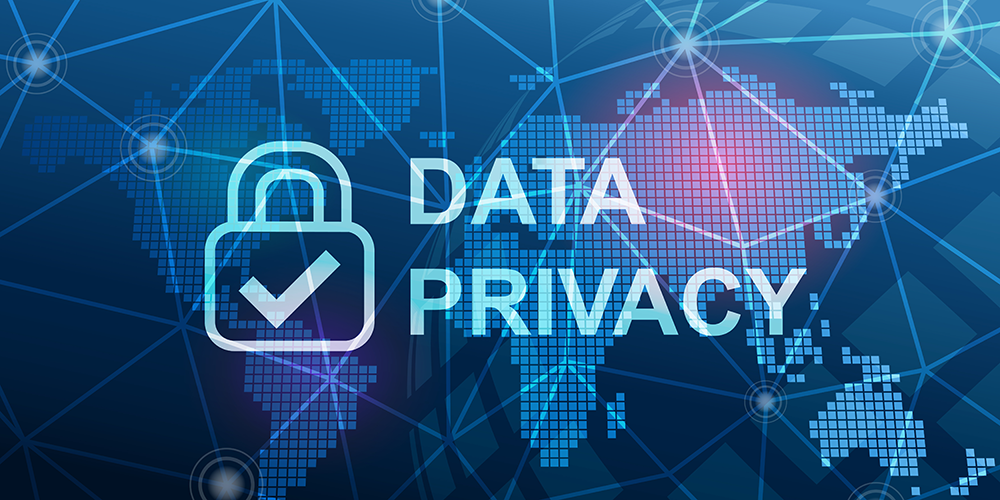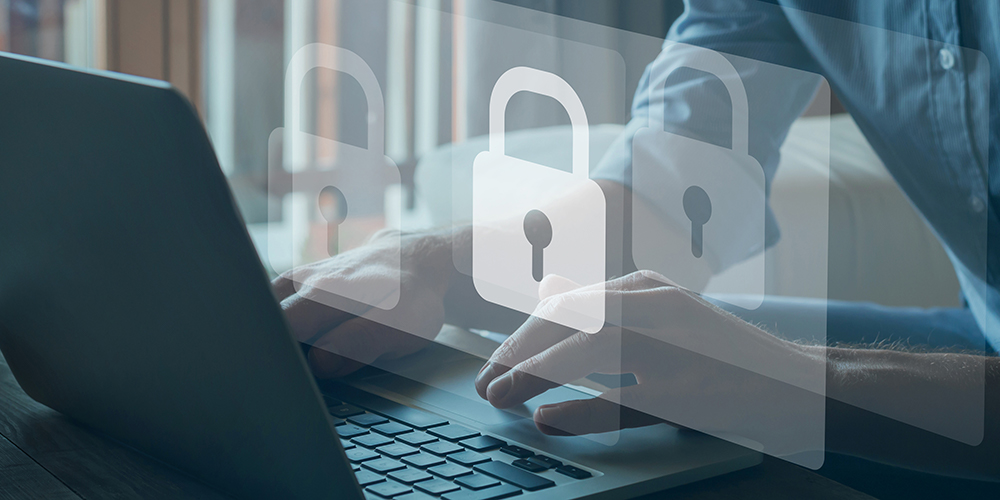
Sep 13, 2024 | SMB Technology, SMB Technology, SMB Technology, SMB Technology, Technology News
Whether man-made or natural, threats to the security of your company’s network are on the rise. Not only do effects of climate change (such as wildfires and floods) pose threats to businesses, but cyberattacks including ransomware via phishing emails, jeopardize your network and data. Read on to learn more about threats and how to overcome them. Common Risks For Businesses Risk management professionals have their hands full! Natural disasters like floods or wildfires can damage, even destroy, security operations data centers, homes and businesses, and infrastructure like power lines. Even a winter storm can keep workers from accessing work systems, and break the connection between a technical problem and its solution. At the very least, natural disasters can result in costly downtime. According to a CSO Online article, the number of climate change-related incidents with damage exceeding $1 billion dollars had occurred by October 2023. As if the consequences of natural disasters aren’t serious enough, bad actors are seeking access to business networks to steal data, infect the networks with malware, or both. These cybercriminals might also use a natural disaster to take advantage of a company’s vulnerability. Data breaches are also very much in the news. According to a 2021 cybersecurity threat trends report, phishing emails are responsible for roughly 90% of data breaches. These data breaches come from unsuspecting recipients giving up confidential information when they are tricked into doing so. Phishing schemes are becoming more sophisticated, too. Another threat is escalating cyberattacks using the same artificial intelligence tools your business might be using to automate processes and make work more efficient. If...

Aug 15, 2022 | SMB Technology, SMB Technology, SMB Technology, SMB Technology, Technology News
How do you know your network and your digital assets are really safe? How can you be sure? Often, it takes a cyber attack and subsequent data breach to learn that your company’s defenses are not what you thought. Read on to learn more about taking stock of your company’s cybersecurity posture to prevent a cyber attack and its damage. Review Cybersecurity Policies and Procedures One place to start evaluating your cybersecurity posture is reviewing your cybersecurity policy, which states not just your company’s stance on cybersecurity, but the ways you plan to keep your network secure and processes and procedures you will follow while pursuing business goals. A sound policy starts with general security expectations as well as roles and responsibilities within your organization. Once these are clear, more specific policies deal with guidelines for antivirus software and use of cloud applications. Other specific elements include how devices can and cannot be used, how the system can be securely accessed, and what will happen in the event of an attack, like one resulting from a phishing email. Do workers know where and how to access the company network, and where not to? What are the processes for recovering from a disaster, and how will the business continue operating if one happens? These questions are just some of many to have a definite answer to, to be sure of your ability to keep your company secure. Auditing Your Network Do you know the security of your network, and all devices connected to it? Keeping a detailed asset inventory; records of all devices–their type, model, operating...

Jul 19, 2021 | SMB Technology, SMB Technology, SMB Technology, SMB Technology, Technology News
In our digital age, gathering information online is anything but difficult. It is imperative for both to keep information from landing in the wrong hands. Read on to learn about the crucial need to keep data safe, the threats to data privacy, and what to do about it. The Importance of Data Privacy A basic definition of data privacy is keeping confidential data confidential online and on computer systems. Privacy of information applies to collected personal information including medical and financial records, customer payment data, and customer data obtained from websites. Medical and financial data especially are subject to stringent regulations on access and security, and many companies indicate on their website how they use customers’ data in the course of business (if they don’t, they should). Personally identifiable data can be kept safe through encryption, and multi-factor authentication–for example, a password and at least one security question. Awareness of Threats to Your Data Ideally, basic measures to keep data private would be enough. But both existing and new threats continue to increase. For example, in recent years automated calls (“robocalls”) have proliferated, increasing more than tenfold in the last few years. Of the three to five billion robocalls each month, at least 40% are thought to be fraudulent. And phone calls are just one way bad actors attempt to steal your data. Phishing schemes via text or email can also be a way to get unsuspecting recipients to give up personal data that can be used for fraud or even penetrating company computer systems with malware. According to CompTIA, phishing scams account for more...

Aug 17, 2020 | SMB Technology, SMB Technology, SMB Technology, SMB Technology, Technology News
Data breaches have become so common that they are no longer news. Gartner predicts, “as more companies look to benefit from data, there will be an inevitable increase in data use and sharing missteps.” However, organizations that have a culture of ethics for data use will be better prepared to avoid such mistakes, and to handle them well if they do occur. Read on to learn how your company can have not just a data protection plan, but a culture that revolves around protecting the personal data of your customers. Protecting Your Business and Your Customer’s Data In spite of the occurrence of data breaches, your company can be protected. If you haven’t already done so, you might draw up a data-protection plan that will address what to do in case of a breach. Ideally your organization will already have technology in place to prevent data breaches–tools such as updated antivirus and anti-malware definitions and network monitoring, for instance. Hopefully, there is also a culture of ethics around use of customer information, including transparency with customers about what is done to protect their personal data. Countries and entire regions, such as Australia and Europe, have put legislation into effect to protect customers. Europe’s GDPR mandates a notification within 72 hours of a data breach. Australia’s Consumer Data Right gives its citizens the right to delete information that is no longer needed, as well as stopping data collection at any time While the U.S. has no nationwide law, individual states have their own regulations. For example, California gives their residents certain rights under the California Consumer Privacy...

Sep 11, 2019 | SMB Technology, SMB Technology, SMB Technology, SMB Technology, Technology News
Hurricane Dorian is just one event that can potentially affect a business’s access to its data and reemphasizes the importance of having a data protection plan in place. Other events can have the same effect—cyclones, earthquakes, and hurricanes–suspending business operations for days or weeks. Even a brief power outage can put your company at risk, not to mention the threat of cyberattacks. Read on to learn more about keeping your business’ data safe and accessible. Reasons to Safeguard Your Data Data can be considered the lifeblood of your business, enabling transactions as well as access to customer or patient records, and containing a company’s intellectual property. Loss or compromise due to corruption by malware and viruses, or even a brief outage, can result in costly downtime. Not only that, a company can suffer a loss of revenue and even reputation. If subject to industry regulations, a business can incur fines for revealing personal information. These consequences can be prevented with a solid data protection strategy. Assess Data Protection Needs to Develop Your Plan A data protection strategy starts with assessing your business’ needs. Consider first which data and applications are mission-critical for keeping the business running—for example, phone communications, Internet, and email. Depending on your business type you may need to comply with certain regulations—HIPAA, for example. Consider natural hazards common to your area, and whether you want your data to reside on-premises, or in a cloud data center. With your data in the cloud, it can be accessed remotely and without interruption. If using the cloud, decide which environment is best, whether public or private. Test Your Plan...






